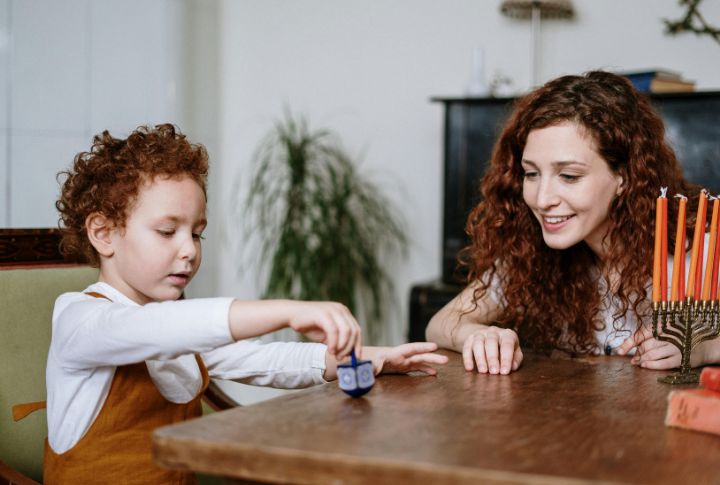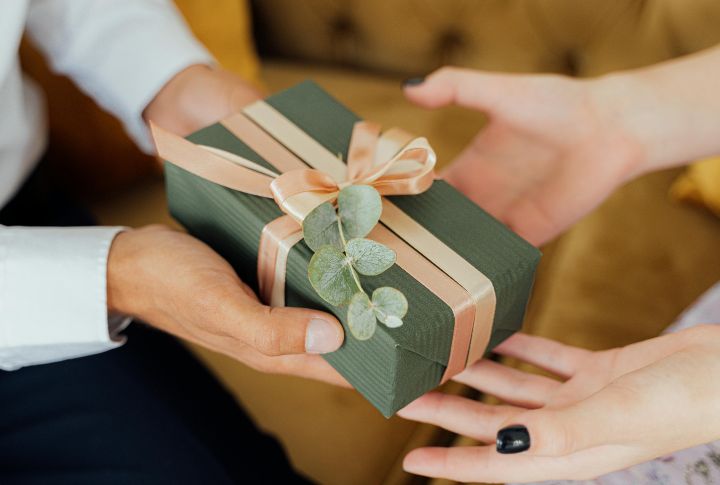
Hanukkah is often seen through a fog of assumptions, especially by those outside the Jewish faith. Many picture festive lights and gifts, imagining it as a “Jewish Christmas.” But the real story runs deeper—rooted in resilience, faith, and identity. Let’s clear the misconceptions and find out what Hanukkah truly represents.
Hanukkah Is Not “Jewish Christmas”
It’s easy to mistake Hanukkah for a Jewish version of Christmas because of the lights and family gatherings. But Hanukkah celebrates a historic victory—the reclaiming of religious freedom after oppression. It’s not about Santa or presents, but about the strength of belief and the endurance of a people who refused to surrender their faith.
The Menorah Has 9 Branches, Not 7
Many confuse the Hanukkah menorah with the seven-branched Temple menorah. The Hanukkah version, called a hanukkiah, has nine branches—eight for each night of the miracle and one for the helper candle, the shamash. Each flame adds to the growing light and symbolizes hope that increases with time.
It’s About Religious Freedom, Not Just Miracles
That miracle of oil lasting eight days is commonly known, but that’s only part of the story. At its heart, Hanukkah honors the Maccabees’ fight for their right to worship freely. It’s a celebration of faith over force, which reminds generations that spiritual conviction can outlast even the harshest empires.
Latkes Aren’t The Only Traditional Food
Crispy potato latkes may be the star of Hanukkah tables, yet they share the spotlight with sufganiyot—sweet jelly-filled donuts. Both are fried in oil, symbolizing the miracle of the sacred oil that burned for eight nights. Food becomes memory, and each bite retells the story in its own delicious way.
Gift-Giving Is A Modern, Mostly American Tradition

Contrary to popular belief, Hanukkah wasn’t always about exchanging gifts. That custom grew in the 20th century, influenced by Christmas culture in Western societies. Traditionally, children received gelt—coins that carried both joy and symbolism. What began as small tokens of gratitude evolved into today’s present-filled celebrations.
“Dreidel” Isn’t Just A Toy, It’s A Coded Symbol
Spinning the dreidel seems playful; however, its letters—Nun, Gimel, Hei, and Shin—hide a secret message: “A great miracle happened there.” Long ago, Jews used the dreidel to study Torah in secret under Greek rule. Something that now looks like a child’s game was once an act of quiet defiance and devotion.
It’s Not A Synagogue-Centered Holiday
Hanukkah unfolds mainly at home, where the hanukkiah glows in windows and families gather for songs and meals. It’s about bringing light into the world from one’s own doorstep. While synagogues may host events, the true warmth of Hanukkah lives in the laughter and rituals shared around the family table.
Candles Are Added From Right To Left, But Lit Left To Right
It may sound confusing, but the ritual follows a rhythm steeped in meaning. Candles are placed from right to left on the hanukkiah, yet the newest one is lit first, from left to right. The order reminds celebrants that each night builds upon the last, increasing light and joy.
Hanukkah Isn’t In The Torah
Unlike Passover or Yom Kippur, Hanukkah isn’t mentioned in the Torah. Its story unfolds later, in the Books of the Maccabees, found in historical texts. That absence doesn’t make it less sacred—it highlights how Jewish tradition evolves, by keeping faith alive through the retelling of lived experiences.
Eating Dairy Is A Lesser-Known Tradition
Not everyone knows that dairy plays a quiet role in Hanukkah’s story. It honors Judith, a heroine who used cheese and wine to defeat an enemy general. Her courage mirrors the Maccabees’ bravery, which is proof that resistance comes in many forms—even through a shared meal that carries history in every bite.

